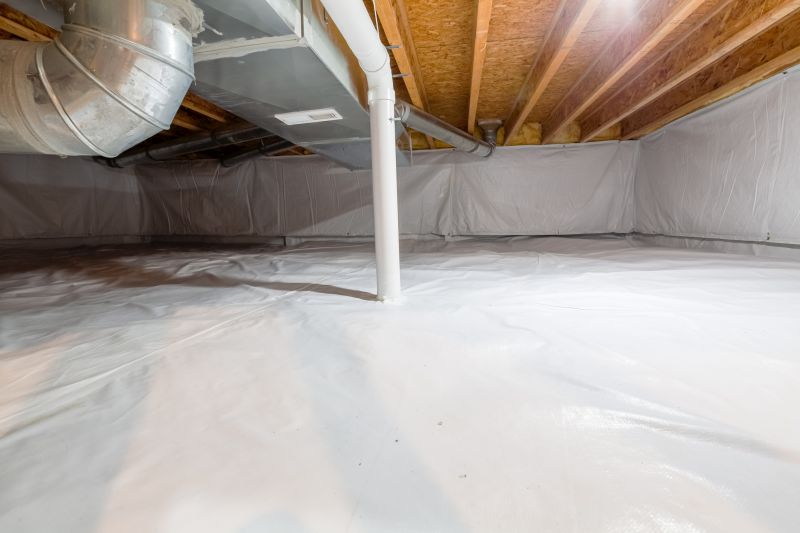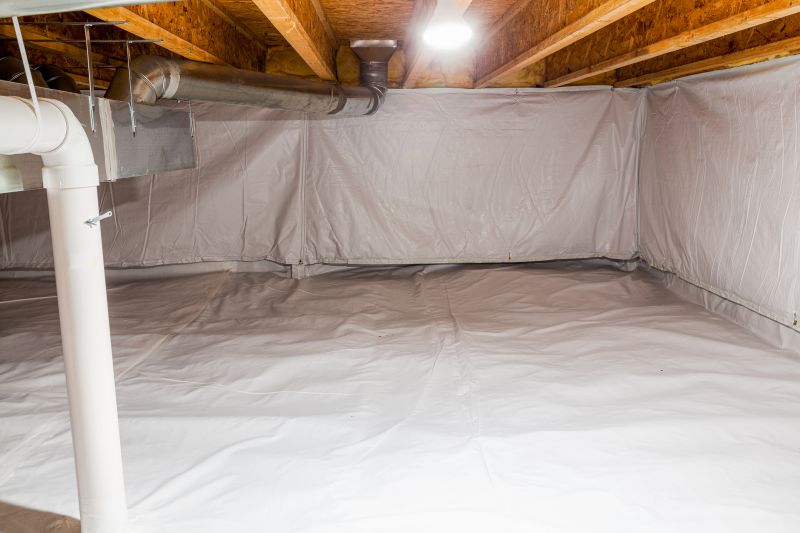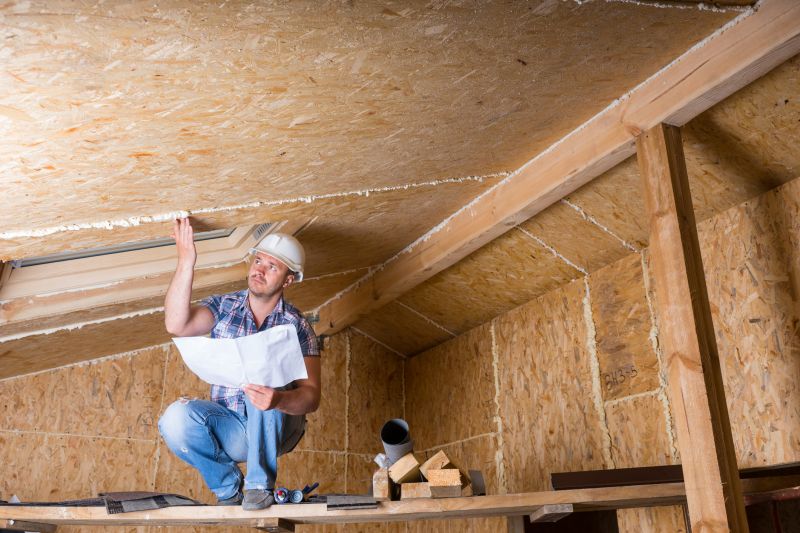Reliable Crawlspace Encapsulation for Long-Term Protection
Crawlspace encapsulation involves sealing and insulating the crawlspace area to prevent moisture intrusion, improve air quality, and enhance energy efficiency. Proper encapsulation can significantly reduce the risk of mold growth, wood rot, and pest infestations, which are common issues associated with unsealed crawlspaces.
Encapsulation creates a barrier against ground moisture, preventing dampness that can lead to mold and structural damage.
Sealing the crawlspace reduces heating and cooling costs by improving insulation and preventing air leaks.
Reducing mold and dust mites in the crawlspace contributes to healthier indoor air quality.

A professionally sealed and insulated crawlspace with vapor barrier installed.

Interior view showcasing the sealed walls and floor of the crawlspace.

Close-up of vapor barrier being laid on the crawlspace floor.

Insulation and sealing completed, ready for use or further finishing.
Failure to encapsulate a crawlspace can result in increased energy bills, mold growth, pest problems, and structural deterioration. Unsealed crawlspaces are also more susceptible to water damage and wood rot, which can compromise the integrity of the building. Studies show that encapsulated crawlspaces can reduce energy costs by up to 15% and minimize indoor air pollutants.
| Risks of Not Encapsulating | Benefits of Encapsulation |
|---|---|
| Increased moisture and mold growth | Controls moisture and prevents mold |
| Higher energy costs | Enhances energy efficiency |
| Pest infestations | Reduces pest entry and habitat |
| Structural damage from wood rot | Protects structural components |
| Poor indoor air quality | Improves indoor air quality |
| Potential health issues | Creates a healthier living environment |
| Water damage and rot | Prevents water intrusion |
| Decreased property value | Supports property preservation |
